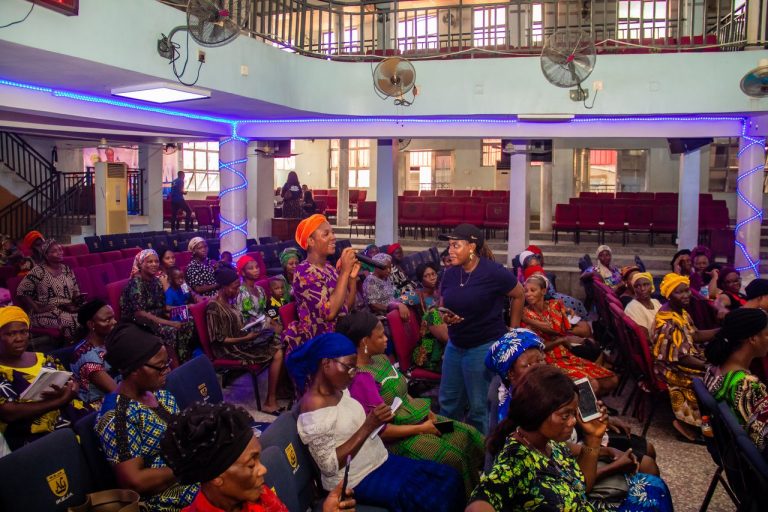Female Genital Mutilation is associated with cultural ideologies that are wrapped around concepts of femininity and modesty. These concepts include the notion that girls are clean and beautiful after the removal of body parts that are considered unclean, unfeminine or male. Some people believe that the practice of Female Genital Mutilation has religious support, although no religious scripts prescribe the practice.
However, there is great progress at the national level in the work to end Female genital mutilation. 24 countries in Africa now ban FGM, according to UNFPA, including countries where the practice was once almost universal (such as Egypt and Sudan). But while national legislation should be advocated, it is not sufficient. Laws against traditional practices often go unheeded in countries where local chiefs and religious leaders exercise more influence than the government.
Insights generated at the local level are most important, and they can fuel the urgency, issues of Female Genital mutilation need. Chief among these is the recognition that FGM is deeply embedded in culture. While the UN and international communities find the practice barbaric, FGM is culturally and often religiously important to the people who perpetuate it. Cutting is considered a central rite of passage for girls, a ceremony that marks the transition to womanhood and represents a key step toward marriage and motherhood. Parents, influenced by social norms and community expectations, believe that cutting secures social and economic security for their daughters. In this view, the social harm of not cutting outweighs any physical, psychological, or legal risk.
The ability to halt these harmful practices with more urgency, then, has to come by taking account of culture and harnessing it for change.
Check our guest, Chief Lateef Azeez Akinsowo’s opinion on Understanding and changing cultural beliefs on FGM on this episode of Let’s Talk FGM.


